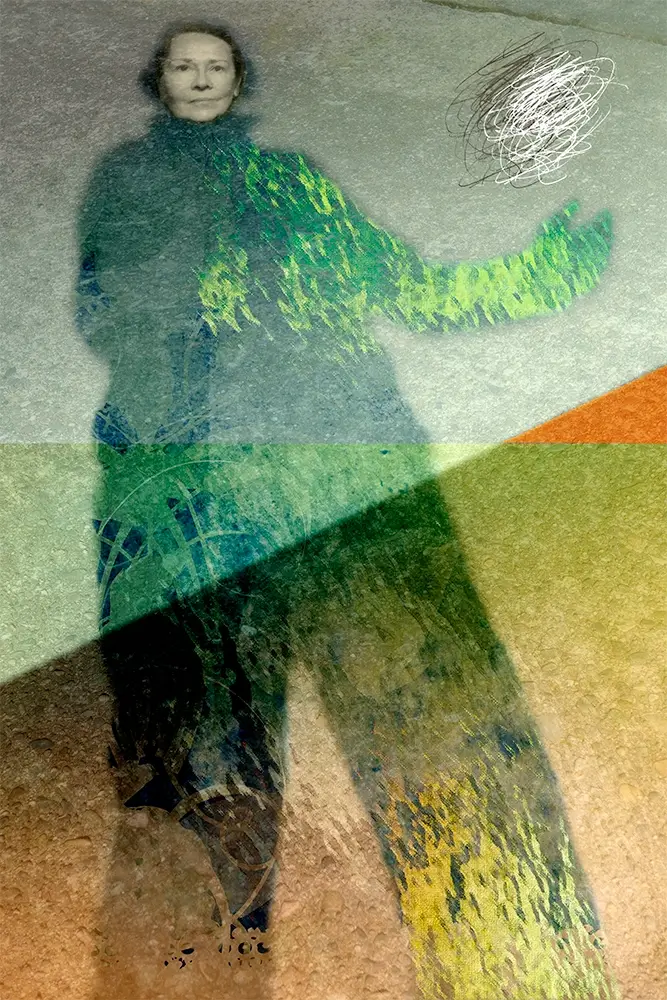I was born in Tehran, Iran. My academic background includes studying painting at the
California College of Arts, and exhibiting in small group shows in the Bay Area as I
finished graduate studies in clinical psychology and art therapy.
A graphic designer by profession, about 15 years ago I began working with a camera
and now keep a daily visual diary with a focus on my immediate environment, the
subtleties of light and intimate moments of ordinary life.
Statement:
What is it about scenes of everyday life that are so fascinating? Is it because we see
ourselves in others—recognize our own ups and downs, joys and sorrows? In
photographing people going about their lives, I am continually reminded of our shared
humanity. Making the image is how I acknowledge what I see and what I share. It is an
act of affection.
I am drawn to scenes where the basic elements of art coalesce into a pleasing
gestalt. The image within the frame is more than anything a psychological space of
shadow and light. There is the reality of the scene and there is the mood that it evokes.
Longing and nostalgia are recurring themes.
Exploring shadow and light, rhythm and pattern, color and gesture, I search for a
beauty that is always out of reach.
